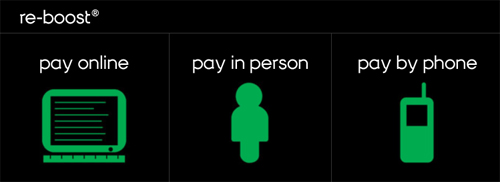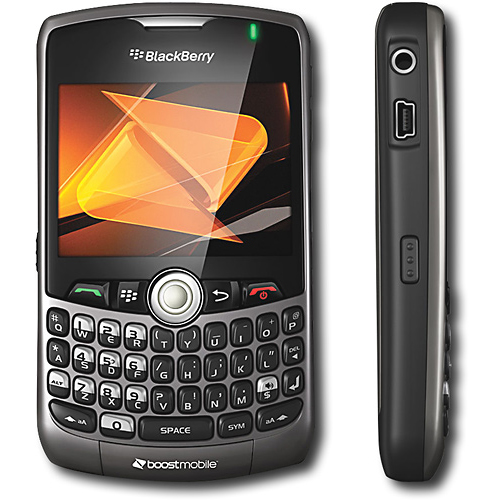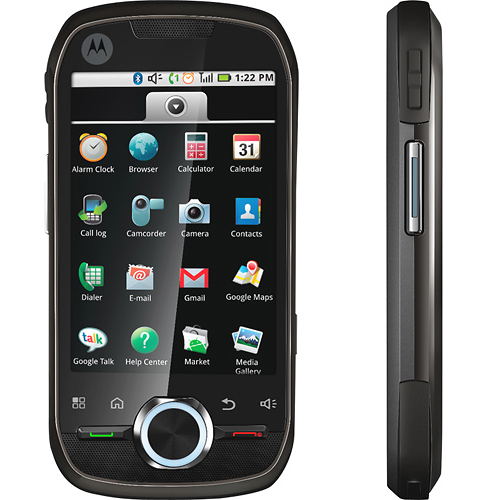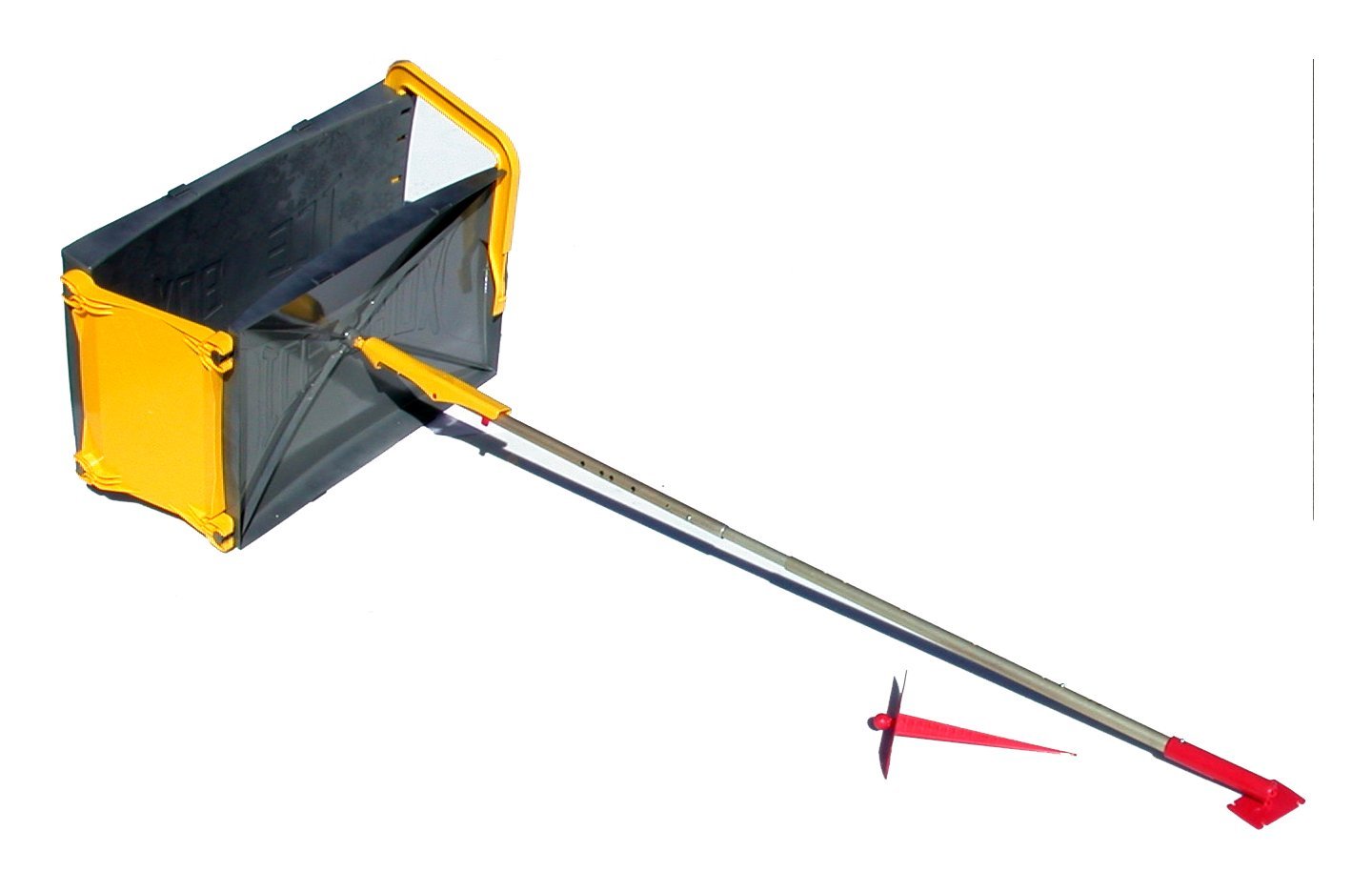
This is a Sponsored Post written by me on behalf of Boost Mobile. All opinions are 100% mine.
By Chris Scott Barr
It has been a long time since I’ve used a pre-paid wireless phone. I belive the last one was a TracFone some 8 years ago. It was expensive, had the bare minimum of features and horrible customer service. I was happy to be rid of it when the time came. Needless to say, I’ve had no desire to go back to that subscription model again.
When I was given the chance to review a couple of phones with Boost Mobile‘s service, I thought it might be a good chance to see how much the market has changed . I’ve spent the last couple of weeks with a pair of their phones, specifically the BlackBerry Curve (retailing for $149) and Motorola i1 (retailing for $399). These, along with some of their “Re-Boost” cards gave me a good overview of their service.
Activation was simple, as they give you a handy little card to keep track of the important numbers you’ll need when doing it. Since I had two phones, I chose to activate one over the phone, and one online. I enjoyed the online activation much better, as I hate dealing with automated systems and customer support personnel. That said, the over-the-phone activation was fairly painless as well.
When looking into the different payment plans for these phones, I was surprised at the cost. For $50 a month you get unlimited everything. When they say “everything” they mean it. That’s unlimited minutes, texting, data and walkie-talkie (if your phone supports it). If you want to step it down to paying per day, you can get the same unlimited plan for $2 a day (but you’ll be paying that every day, regardless of whether or not you use the phone). There are also options for paying per minute if that’s your thing.
The above applies to all of the phones except BlackBerry devices. These can only be used with a monthly unlimited or daily unlimited plan. There are no per-minute options of any kind. Also, the prices are higher with the monthly plan running $60, and the daily being $3.

So lets say you’ve used your minutes, or you’re needing to pay up for the next month’s service. They give you plenty of options. The easiest for a lot of people is going to be using the re-boost card. You can pick these up at local retailers nationwide. Then you have the option of paying online, over the phone, or using a built-in app on your device.
If you have a credit or debit card, you can use them online or over the phone for a one-time payment, or it can be setup as a scheduled monthly transaction. Finally, there are some locations where you can pay in person.
If you’re like me, you probably use your phone for a lot of things besides actually talking. I rarely come close to using up the minutes on the smallest of plans. Rather, I’m checking email, browsing the web and updating Facebook and Twitter. In this day and age, it’s all about being connected, and working for a tech site like this means I need to be extra-connected. Both phones are able to keep up with the demands of the social networking craze with ease.

The Blackberry platform has fallen behind some of the newer mobile operating systems, but it still keeps up where it counts. The Curve features BlackBerry’s AppWorld, which allows you to install various applications onto your phone. You can then easily have access to Twitter and Facebook without the need to browse to their respective mobile sites. In my time with the Curve I spent more time using the Facebook app and email client than anything. While the data speeds were a tad slow, there was no problem taking care of these frequent tasks whatsoever.
The Motorola i1 is definitely the king of Boost’s castle. Built on the Android platform, there’s little this phone can’t do. The 320×480 screen looks bright and crisp while viewing pictures and videos, and is perfect for reading your emails and tweets. The Google Marketplace has virtually any application that you could want, with installation just a finger-tap away.
My favorite feature in the i1 (and one missing from the Curve, sadly) is the built-in WiFi connection. With this you can obtain higher data speeds, and you won’t need to burn up money on data access if you’ve chosen not to go with one of the unlimited plans. While testing it out, there were few times that I wasn’t within reach of a wireless network, thus making this an essential feature to me. This made my social networking and email-checking quick and simple.

Both phones had great call quality, so even if you aren’t spending the majority of your time catching up on emails and staying connected to social networks, you’ll not be disappointed. The i1 also features the push-to-talk functionality, which has become a staple on Nextel phones. If your friends or families take part in that service, then you’ll not be left out of the conversations.
Overall, I was pleased with Boost Mobile’s offerings. Both phones were solid, with features that lined up with their respective price points. What surprised me most was the cost of the pre-paid service and the number of options you had for adding funds to your plan. If you’re looking for a phone that isn’t tied down to a contract, then I would definitely recommend giving Boost Mobile a closer look.
[ Boost Mobile ]






What about the network? Will you have weak reception and dropped calls like some other national providers? Thats my big question. If not, I'd just jailbreak my iphone and switch.
It's going to depend greatly on the coverage in your area. They operate off of Sprint/Nextel service, so you'll want to check on that. If coverage is poor, then you'll probably want to shy away. I had good call quality and signal during most of the time I spent reviewing the phones, and no dropped calls. My only complaint with the network was that the data seemed slower than it should have been.
Boost really runs off of two networks – the CDMA phones run off of the Sprint CDMA network, and all the Push To Talk phones run off the Sprint/Nextel IDEN network. CDMA will have faster data, IDEN may have better voice coverage in the middle of nowhere – sort of how the old analog systems of a few years ago.